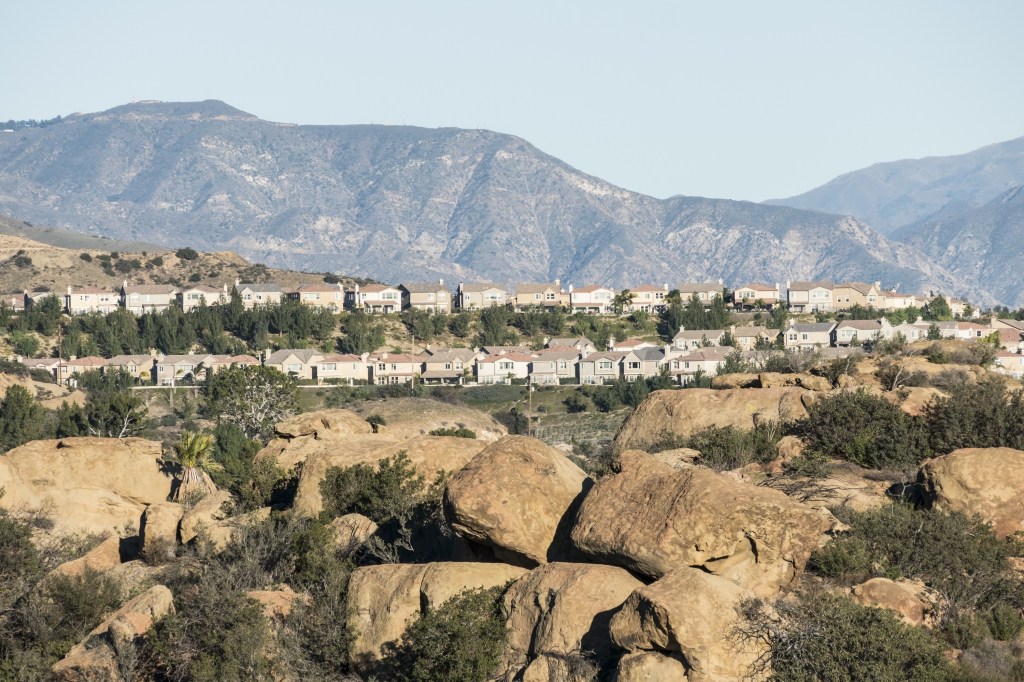California home sales declined in December, the CALIFORNIA ASSOCIATION OF REALTORS said Friday.
Meanwhile, the median home price recorded the second highest price of the year and its largest year-over-year increase since May 2014.
Closed escrow sales of existing, single-family detached homes in California totaled a seasonally adjusted annualized rate of 398,880 units in December, according to information collected by C.A.R. from more than 90 local REALTOR associations and MLSs statewide. December’s sales total was down 1.0% from the 402,880 level in November and marked the first time in six months that sales fell below the 400,000 benchmark. Still, sales were up a solid 7.4% from December 2018’s revised 371,410 figure.
For the year 2019, annual home sales fell for the second consecutive year to a preliminary 397,910 closed escrow sales in California, down from 2018’s pace of 402,640.
“Despite a sales slowdown at year-end, home sales were up from a year ago as interest rates remained low. It’s important to note, however, that the increase was due partly to low housing demand in the prior year,” said 2020 C.A.R. President Jeanne Radsick, a second-generation REALTOR from Bakersfield, Calif. “Looking ahead, low rates should continue to provide support to the market as buyers have become more motivated to get back into the market, and home sales in California should see an improvement at the start of the year.”
The median price was up 4.3% from November’s $589,770 to $615,090 in December and climbed 10.3% from $557,740 in December 2018. The year-over-year price increase was the largest since May 2014 and the first double-digit price increase in more than five-and-a-half years. The statewide median home price for the year as a whole was $592,450, an increase of 4.0% from a revised $569,480 in 2018.
“With housing supply dropping to the lowest level in nearly seven years, California experienced an unusual jump in its median price at the end of the year when the market is supposed to cool down,” said C.A.R. Senior Vice President and Chief Economist Leslie Appleton-Young. “While low rates have been fueling demand in the second half of 2019, supply constraints continued to put a drag on the market and undercut the positive effect of low rates. The surge in price is a byproduct of the imbalance between supply and demand as market competition continues to heat up.”
With prices rising faster in recent months while supply continued to shrink, home sellers’ optimism improved both month-over-month and year-over-year. According to a monthly Google poll conducted by C.A.R. in December, slightly more than half (56%) believe it is a good time to sell, up from 51% a month ago, and up from 48% a year ago. Many buyers, however, remain uncertain about the current housing market conditions as only one-quarter of respondents (25%) believe that it is a good time to buy now, slightly higher than last year (22%), when interest rates were more than 100 basis points higher.
Other key points from C.A.R.’s December 2019 resale housing report include:
- At the regional level, non-seasonally adjusted sales rose on both a monthly and annual basis in all major regions. On a yearly basis, sales in the Central Coast increased the most at 42.4%, followed by the San Francisco Bay Area (16.0%) and Los Angeles (15.6%). The Inland Empire and Central Valley rounded out the remaining regions with annual increases of 13.3% and 11.6%, respectively. Forty of the 51 counties tracked by C.A.R. experienced year-over-year sales growth.
- At the regional level from a price perspective, median prices increased from last year in all regions except the Central Coast, with Southern California up the most at 10.0%, followed by the Central Valley (7.7%) and the Bay Area (6.9%). The median price in the Central Coast dipped from a year ago by 2.2% but edged up 0.7% from November.
- 39 of the 51 counties tracked by C.A.R. reported a year-over-year price gain in December, with Siskiyou gaining the most at 23.3% from last year. Of the 11 counties that experienced a price drop from last December, Mono had the biggest decline of 26.1%, while the rest of the counties all had 8.3% or less in price loss.
- California’s housing supply recorded back-to-back drops of more than 20% at the end of 2019, with active listings declining 26.5% in December after a 22.5% decrease in November. December marked the sixth consecutive month of year-over-year decline in supply, and it was the largest since April 2013. The number of active listings in December was, in fact, the lowest level in nearly seven years.
- The sharp drop in active listings and surge in year-over-year sales sharply curbed housing inventory in December. The Unsold Inventory Index (UII), which is a ratio of inventory over sales, was 2.5 months in December, down from 3.1 months in November and down sharply from 3.5 months in December 2018. The index measures the number of months it would take to sell the supply of homes on the market at the current sales rate.
- The UII in 39 of the 51 counties tracked by C.A.R. fell in December compared to a year ago.
- The median number of days it took to sell a California single-family home fell from a year ago, declining from 32 days in December 2018 to 28 days in December 2019.
- C.A.R.’s statewide sales-price-to-list-price ratio was 98.3% in December 2019, up from 97.4 in December 2018.
- The statewide average price per square foot for an existing single-family home was $290 in December 2019 and $268 in December 2018.
- The 30-year, fixed-mortgage interest rate averaged 3.72% in December, down from 4.64% in December 2018, according to Freddie Mac. The five-year, adjustable mortgage interest rate was an average of 3.39%, compared to 4.02% in December 2018.



